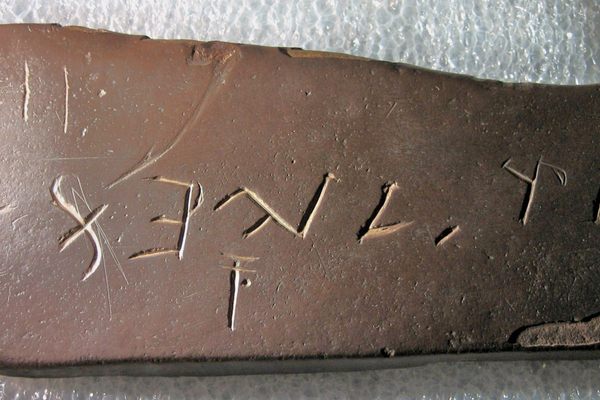AO Edited
The Curator's Office
A Borgesian work of art that may blur the line between fiction and reality a little too convincingly.
After Barton Kestle, the first curator of modern art at the Minneapolis Institute of Arts, disappeared aboard a train bound for Washington, D.C., on March 27, 1954, his office was boarded up and lost to the ages.
In 2011, when the museum was being renovated, workers tore down a wall and were stunned to find Kestle’s office, with all his belongings exactly where he’d left them a half-century earlier. Today’s enterprising curators understood that the scene was as captivating as any of the period rooms in the museum’s sprawling halls, and chose to leave the Kestle’s office in the state in which it was found, in order that visitors could view it as a sort of exhibit unto itself.
Like all time capsules, the details of the office are mesmerizing. From the water stains beneath Kestle’s abandoned rain boots to the early model Polaroid cameras, machines for cutting checks, and an Art-Deco tea cart, everything is exactly as a man would have left things if he were to unexpectedly walk out of his life one day, never to return. It is the perfect portrait of the world of an art curator: all his hopes and dreams, stuffed within the 1950s equivalent of a cubicle.
Except the whole thing is fake. And Barton Kestle never existed.
The Curator’s Office is an installation created by New York artist Mark Dion, assembled out of thrift store objects, artifacts from the Museum’s disused collection, and store room back shelves as part of the MIA’s 2013 exhibit “More Real? Art in the Age of Truthiness.” Contextualized that way, the Curator’s Office makes a lot of sense; it’s in the MIA’s choice to leave the installation on view after the Truthiness exhibit concluded that really made Dion’s piece sing.
Wandering through the gallery in which it continues to be displayed, visitors crowd around the open doorway, lost in the details of Kestle’s “office.” Comments regarding its wonderfully strange discovery are heard being passed among museum-goers. Gasps of awe, accompanied by waving friends over to “come see this” aren’t uncommon. On the whole, most people fall for the story of Kestle’s disappearance being told to them on the plaque adjacent to the door and fail to notice the details outlining the methods and materials of Dion’s handiwork.
This means the Curator’s Office falls among those exceedingly rare pieces of art that are so well executed that viewers naturally assume it is real, and the fight lies in convincing them of its artifice.
Know Before You Go
On view in Gallery G378.





















Follow us on Twitter to get the latest on the world's hidden wonders.
Like us on Facebook to get the latest on the world's hidden wonders.
Follow us on Twitter Like us on Facebook